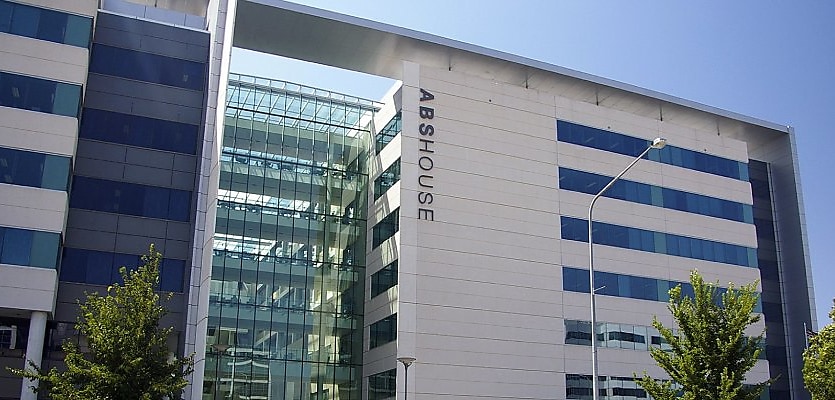Housing has been labelled as a key driver of the revelation that Australia’s annual consumer price index has grown to a rate of 6.1 per cent.
According to the latest data released today (27 July) by the Australian Bureau of Statistics, Australia’s consumer price index (CPI) grew by 1.8 per cent over the June quarter.
This is the second-highest quarterly lift since the 2000 introduction of the goods and services tax (GST) and follows on from a 2.1 per cent bump over the last quarter.
In the year to June 2022, the CPI rose to 6.1 per cent — the highest recorded annual inflation rate since the GST’s introduction.
Annual trimmed inflation was also noted as reaching 4.9 per cent — the highest figure since 2003, while the weighted median CPI grew to 4.2 per cent.
The last time the weighted median inflation was 4.2 per cent was June 2009.
According to the figures, the key driving figures for this rise were transport and housing, growing annually by 13.1 per cent and 9 per cent, respectively.
New dwellings lifted by 5.6 per cent quarterly and 20.3 per cent annually, according to the ABS. This is the highest annual price inflation since 1999.
Automotive fuel also reported a significant surge over this same time frame, boosting by 4.2 per cent quarterly and 32.1 per cent annually.
Speaking of these results, ABS’ head of prices statistics Michelle Marquardt said that shortages of building supplies and labour, high freight costs and ongoing high levels of construction activity “continued to contribute to price rises for newly built dwellings”.
“Fewer grant payments made this quarter from the federal government’s HomeBuilder program and similar state-based housing construction programs also contributed to the rise,” Ms Marquardt said.
Ms Marquardt later added: “Annual trimmed mean inflation was the highest since the series commenced in 2003 and annual goods inflation was the highest since 1987, as the impacts of supply disruptions, rising shipping costs and other global and domestic inflationary factors flowed through the economy.”
Earlier this month, NAB said it was predicting headline inflation to rise to 6.3 per cent year-on-year over the June quarter, with underlying inflation lifting to 4.7 per cent.
Westpac said around this June inflation to reach 5.8 per cent headline and 4.5 per cent trimmed.
Both Westpac and NAB expressed during these announcements that they tipped the cash rate to hit 2.6 per cent by February 2023.
Last month, the RBA said that inflation could potentially reach 7 per cent by December.







You are not authorised to post comments.
Comments will undergo moderation before they get published.